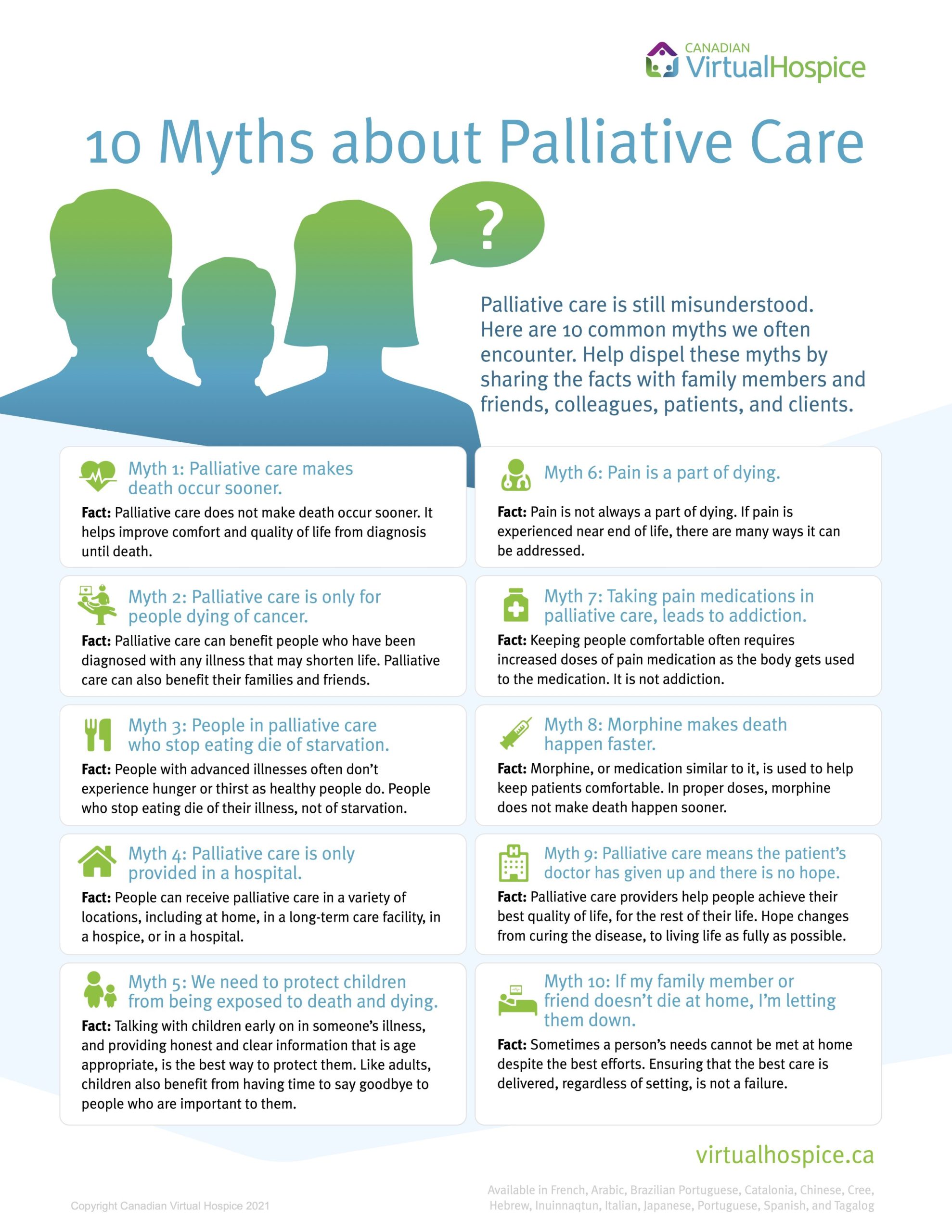
A career in Health Information Technology may interest you if you are passionate about technology and health. This field is growing quickly and is looking for qualified individuals to fill many of the available positions. The degree will allow you to find work in a wide range of industries, such as health insurance and law firms.
The goal of health information technology is to keep patient data safe and easily accessible. It can be used to track costs and improve healthcare outcomes. It's also useful for public health initiatives. For example, pharmaceutical companies analyze health information to develop treatments. Individuals who are skilled in health IT may work in different fields such as law firms or software development companies.
Doctors, nurses, and other subject matter experts may interact with health information tech specialists. They are responsible for designing and testing computerized medical records. Some positions require programming and operating system knowledge. An electronic medical record analyst is responsible for investigating problems in electronic medical records systems. A clinical systems analyst is also familiar with hardware and software that are used in the healthcare industry.

The career of health information technology is great for people who are interested in business and computer technology. The benefits of a degree include a more secure career and a higher income. HIT professionals are not expected to interact with patients. They are most often found in an office setting.
Many hospitals, insurance companies, law firms, and other organizations are seeking qualified people to analyze and improve their healthcare data. You can collect healthcare data from many sources, including medical procedures and research studies. Medical practitioners and health insurance companies study this data for a variety of purposes, from improving treatment methods to tracking healthcare costs.
Associate's degrees or bachelor's degrees in health information management are required to get started. Online courses are available for some programs. You can work part-time while you attend school. Those who attend full-time can complete their program in about two years.
For those interested in medicine and health, the career of health information technology is a good choice. This field is critical for the smooth running of healthcare facilities. People in this field have the chance to learn about new technologies while finding innovative solutions to common issues. Even though you are not directly involved with patient care, you can still help by giving advice and protecting electronic health information.

There are plenty of good-paying jobs for those with a degree in health information technology. The US Bureau of Labor Statistics has predicted that the field will grow. It is an attractive job that can pay well for those who are ready to make the leap.
FAQ
How can we improve our health care system?
We can improve the health system by making sure that everyone gets high-quality healthcare, no matter where they live or what kind of insurance they have.
To prevent children from contracting preventable diseases such as measles (MMR), it is essential that they receive all necessary vaccines.
We must keep working towards reducing the costs of healthcare and ensuring that it remains easily accessible for all.
What does the term "public" in public health mean?
Public Health refers to the preservation and enhancement of the health status of the community. Public Health is about preventing illness, injury, and disability; encouraging good health practices; ensuring adequate food; and controlling communicable disease, environmental hazards, behavioral risks, and other threats.
What is a healthcare system?
The health system encompasses all aspects of care from prevention to rehabilitation and everything between. It includes hospitals as well as clinics, pharmacies, community health services, long-term and home care, addictions, palliative care, regulation, finance, education, and financing.
Health systems are complex adaptive systems. They are complex adaptive systems with emergent features that cannot always be predicted by looking at each component.
Complex health systems can be difficult to comprehend and manage due to their complexity. This is where creativity is needed.
Creativity is the key to solving problems we don’t understand. We use our imaginations and creativity to develop new ideas.
People who think creatively are essential for health systems because they are always changing.
Individuals who think creatively have the potential to change the way healthcare systems operate.
What are the three main goals of a healthcare system's healthcare system?
A healthcare system must have three main goals: to provide affordable care, improve patient outcomes, and reduce costs.
These goals were incorporated into the framework Triple Aim. It is based in part on Institute of Healthcare Improvement's (IHI) research. IHI published the following in 2008.
This framework is based on the idea that if all three goals are viewed together, each goal can be improved without compromising another.
They are not competing with each other. They support each other.
As an example, if access to care is improved, fewer people die from inability to pay. This decreases the overall cost associated with care.
Improving the quality of care also helps us achieve the first aim - providing care for patients at an acceptable cost. It also improves the outcomes.
Statistics
- Consuming over 10 percent of [3] (en.wikipedia.org)
- Price Increases, Aging Push Sector To 20 Percent Of Economy". (en.wikipedia.org)
- The health share of the Gross domestic product (GDP) is expected to continue its upward trend, reaching 19.9 percent of GDP by 2025. (en.wikipedia.org)
- The healthcare sector is one of the largest and most complex in the U.S. economy, accounting for 18% of gross domestic product (GDP) in 2020.1 (investopedia.com)
- For instance, Chinese hospital charges tend toward 50% for drugs, another major percentage for equipment, and a small percentage for healthcare professional fees. (en.wikipedia.org)
External Links
How To
What is the Healthcare Industry Value Chain
The healthcare industry value chain consists of all the activities involved in providing healthcare services to patients. This includes both the business processes in hospitals and clinics, as well the supply chains that connect them with other providers like doctors, pharmacists, insurers, manufacturers, wholesalers, distributors, etc. The final result is a continuum in care that begins with diagnosis, and ends with discharge.
The four key components of the value chain are:
-
Business Processes - These consist of the tasks performed by individuals throughout the entire process of delivering health care. A doctor might conduct an exam, prescribe medication and send a prescription to a pharmacy. Each step must be done correctly and efficiently.
-
Supply Chains: All the organizations involved in making certain that the right supplies reach all the people at the appropriate time. A typical hospital has many suppliers. They include pharmacies as well lab testing facilities, imaging center, and even janitorial employees.
-
Networked Organizations - To coordinate these various entities, there must be some form of communication between the different parts of the system. Most hospitals have multiple departments. Each department has its own office and phone number. To ensure that everyone is up to date, every department will have a central point from which employees can access updates.
-
Information Technology Systems – IT is crucial in order to ensure that business processes run smoothly. Without it, things would fall apart quickly. IT can also be used to integrate new technologies into a system. For example, doctors can use a secure network connection if they want to integrate electronic medical records into their workflow.